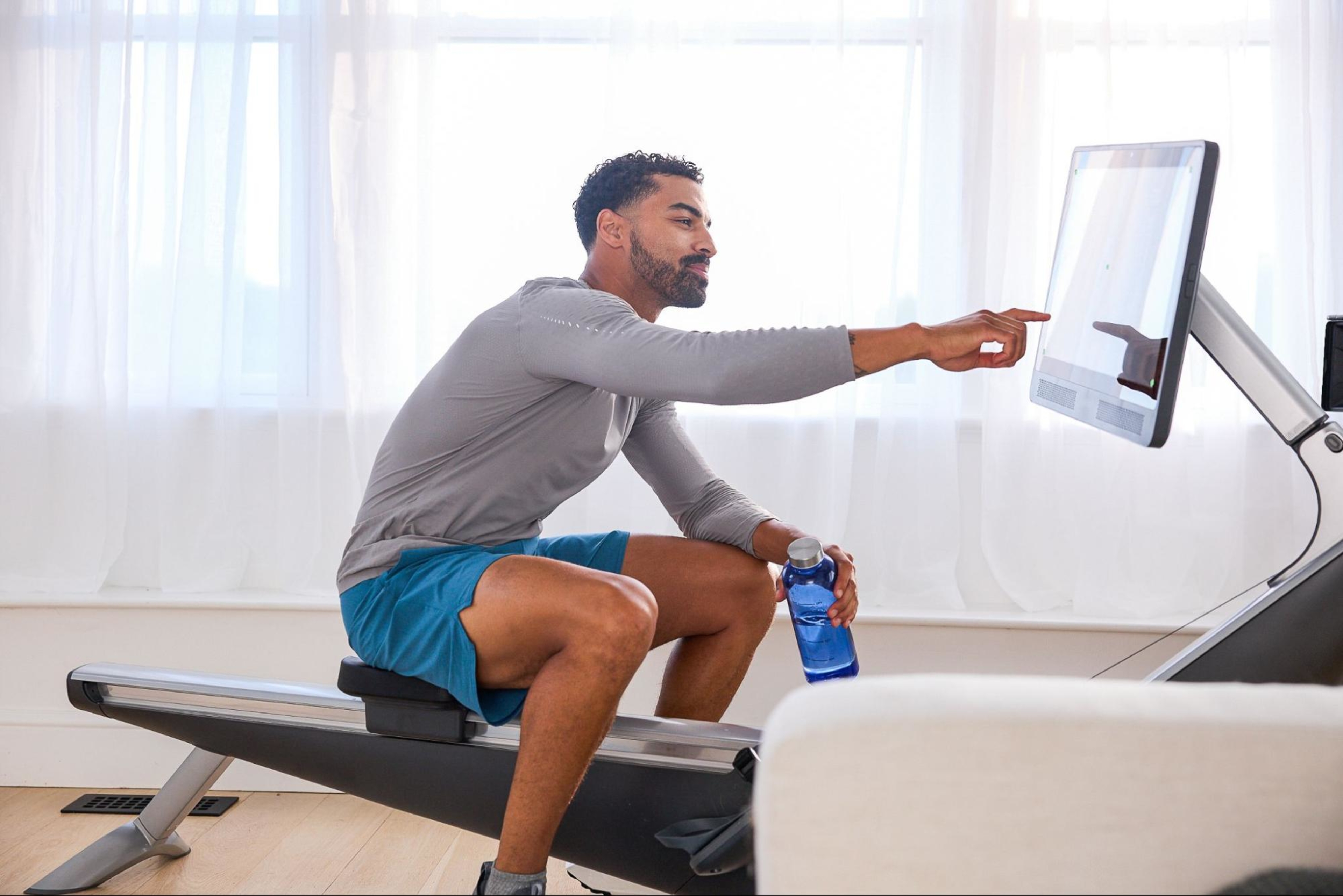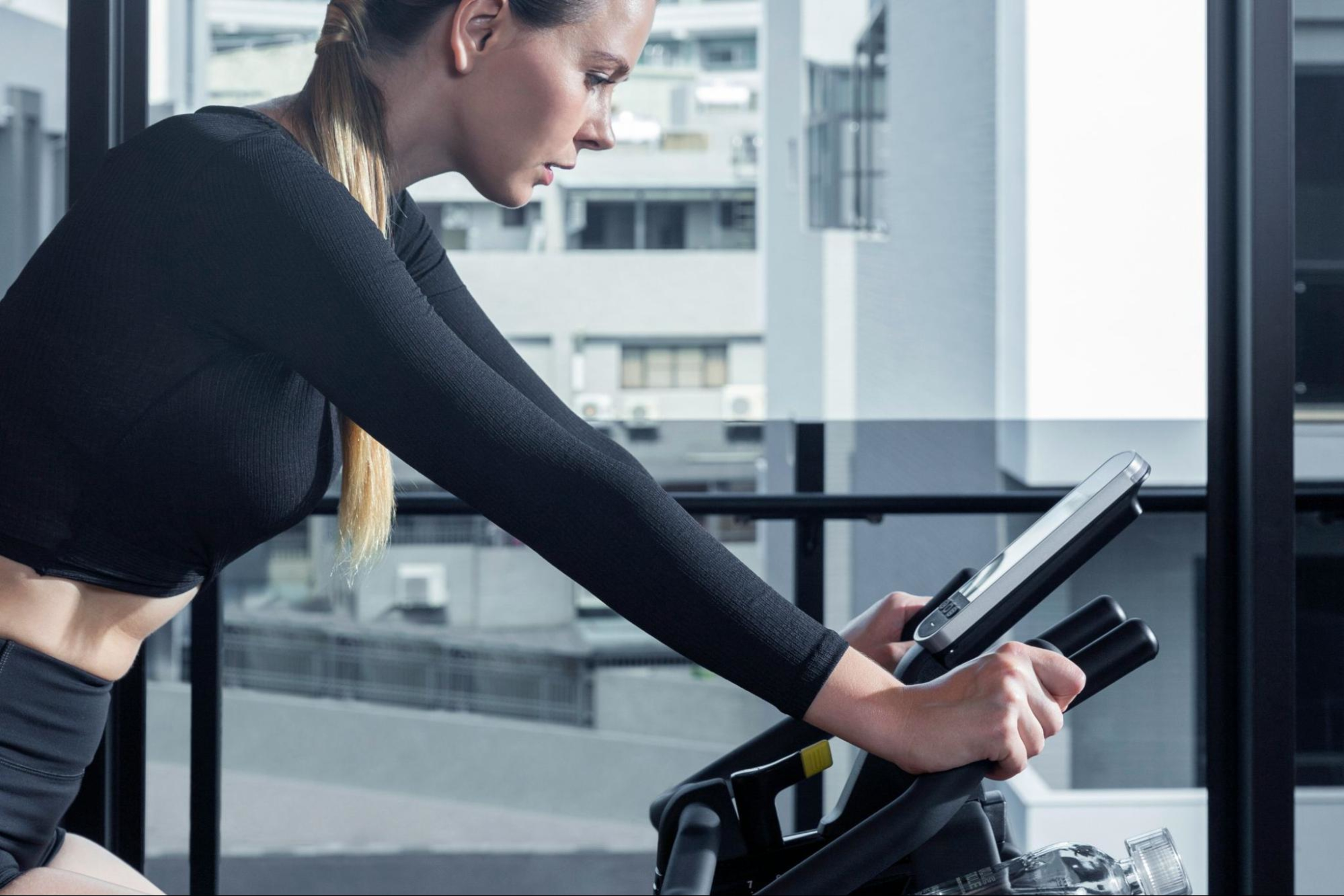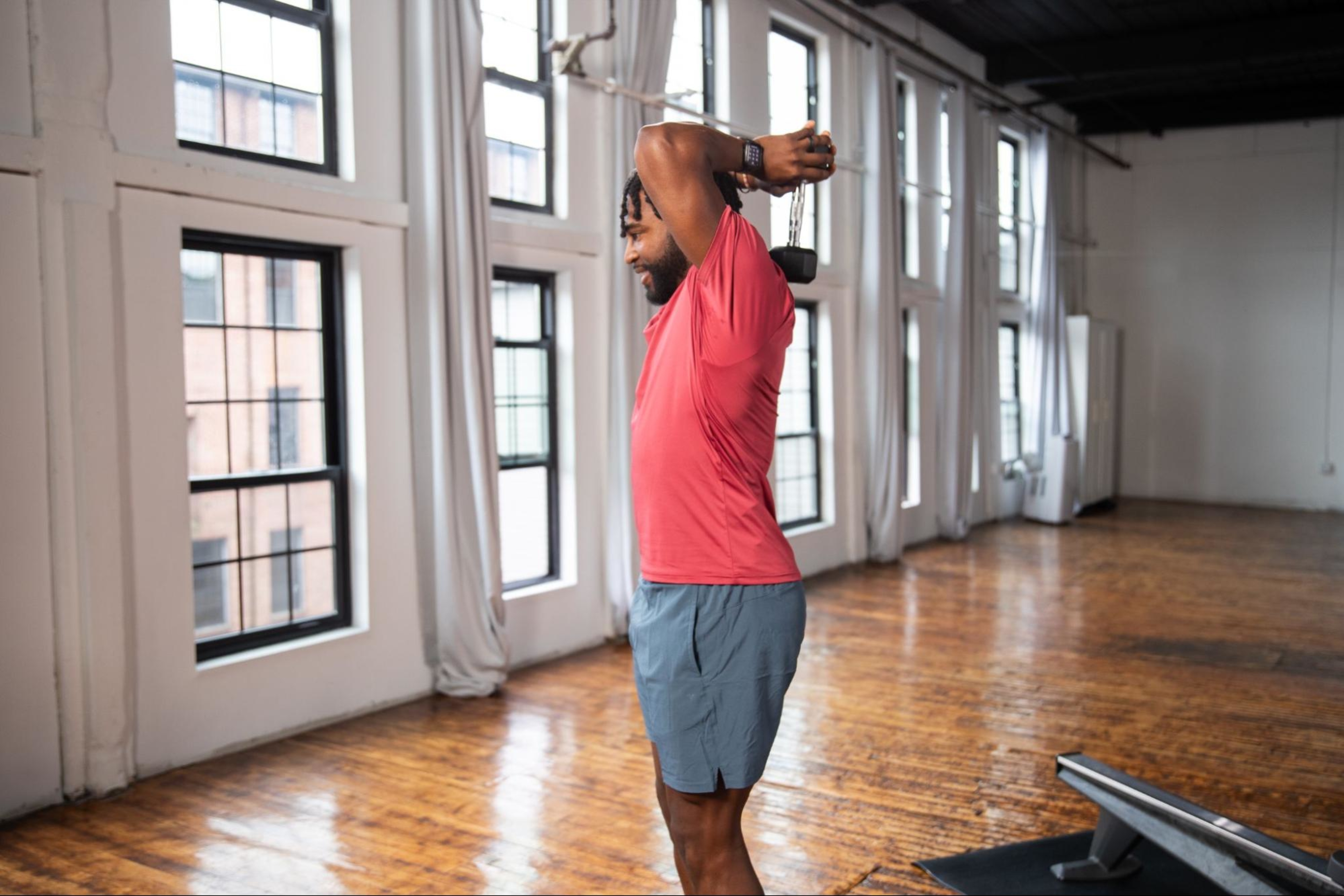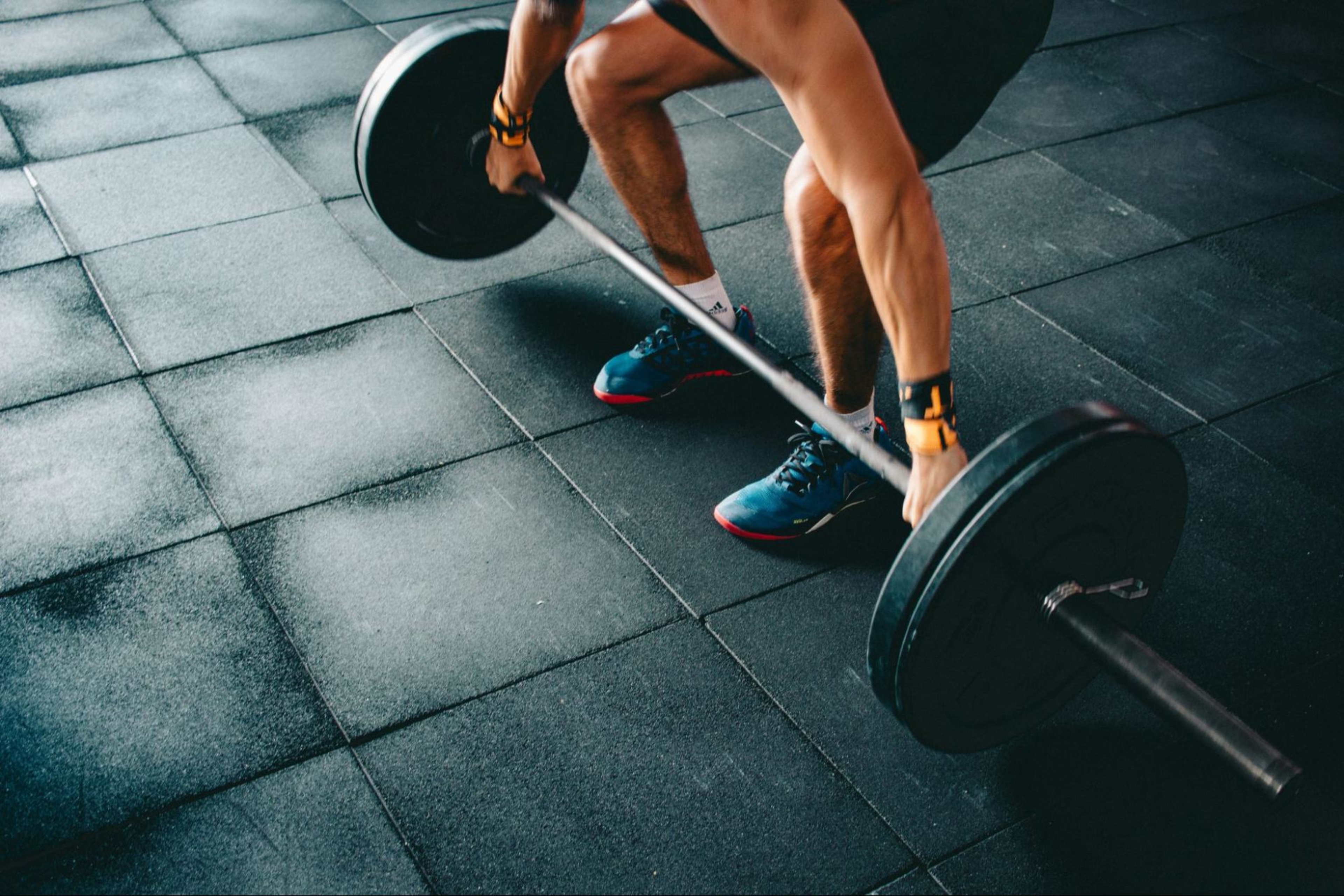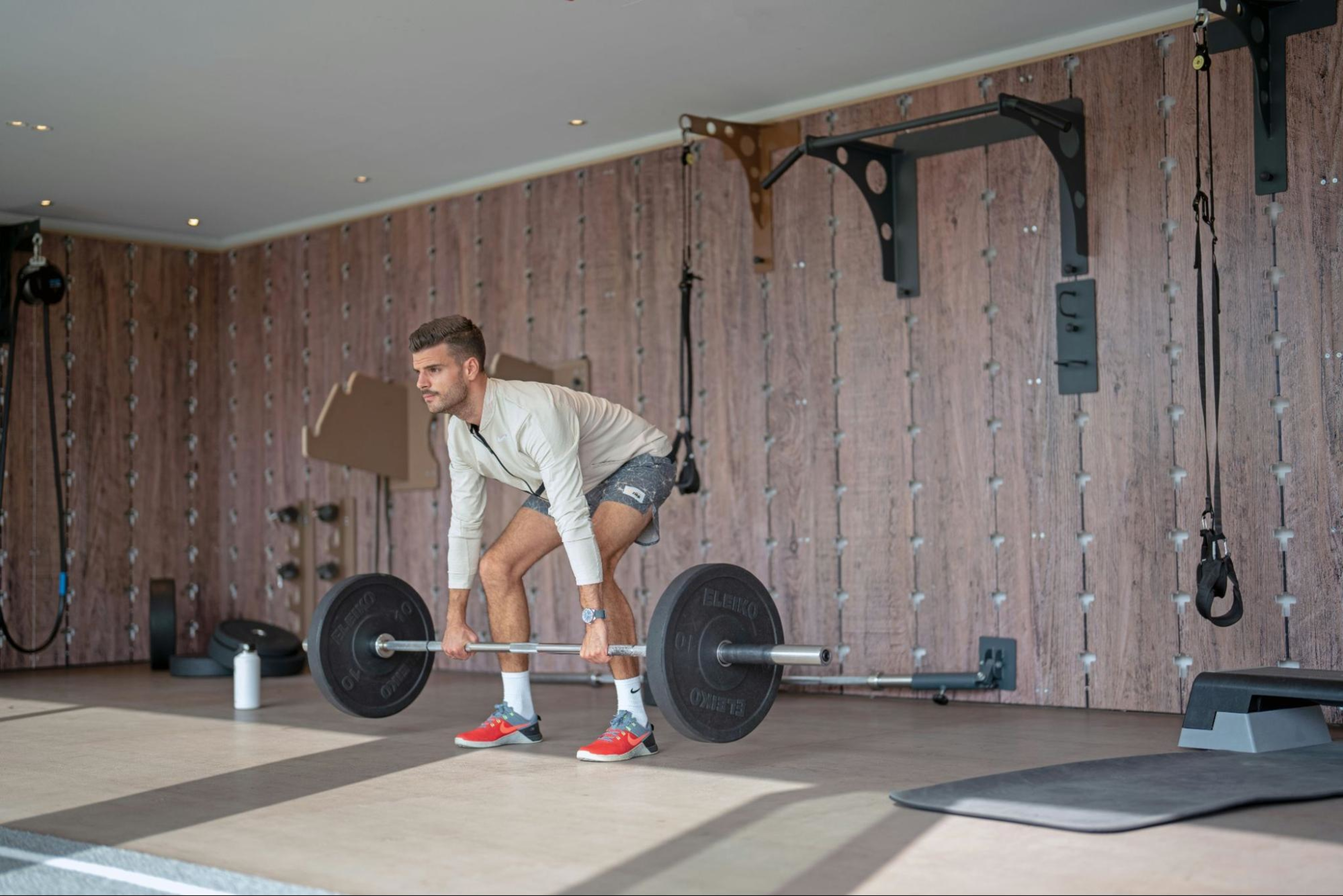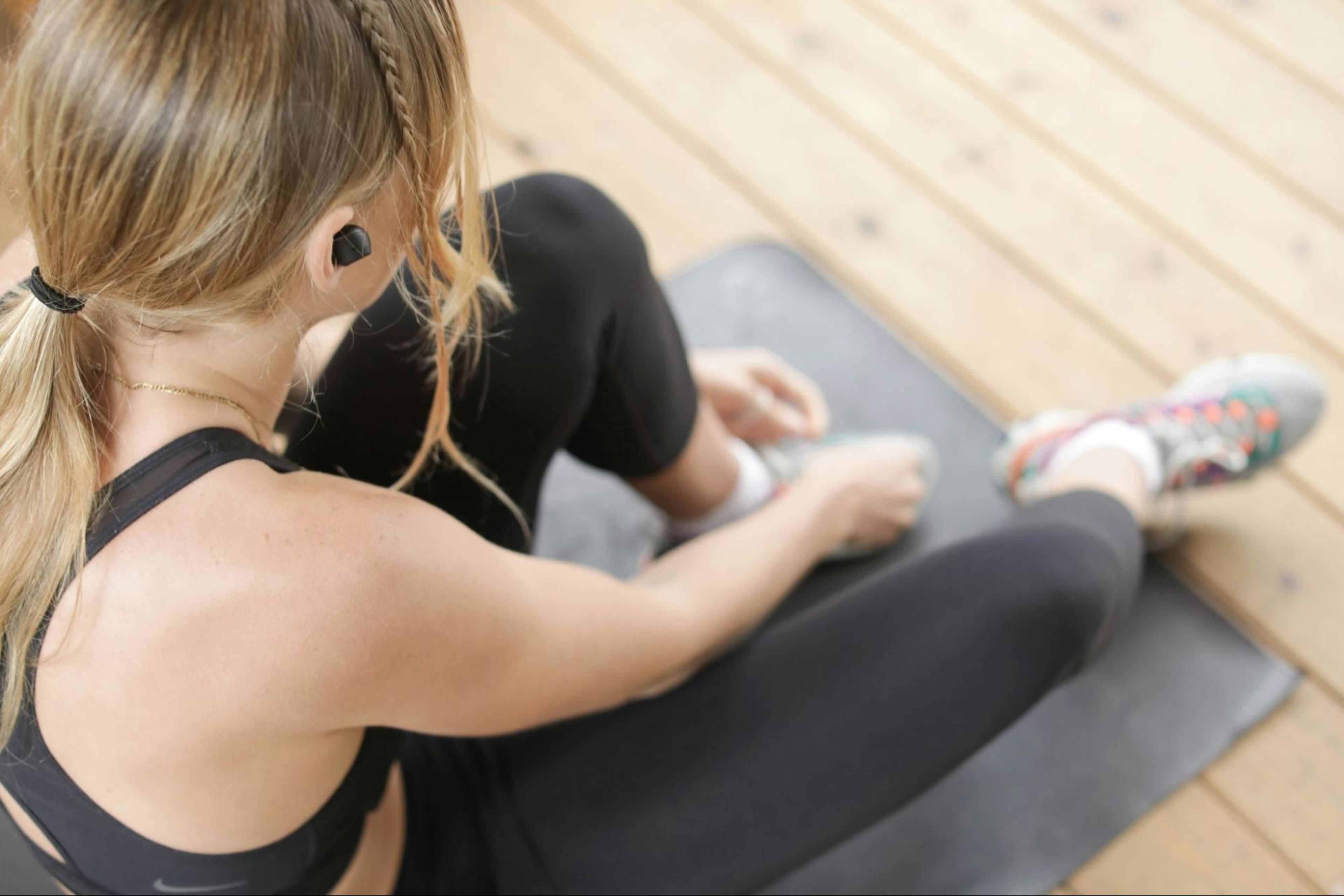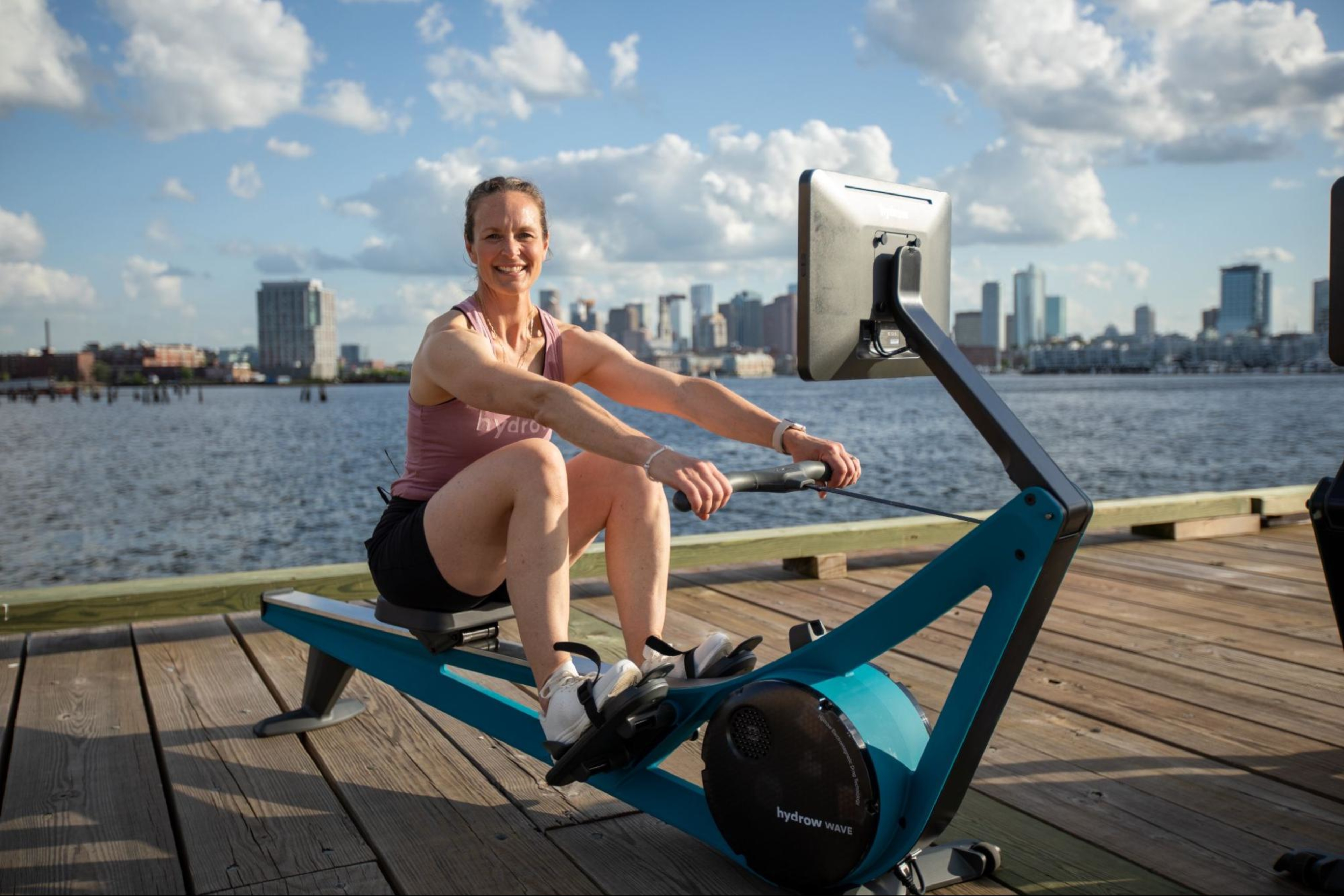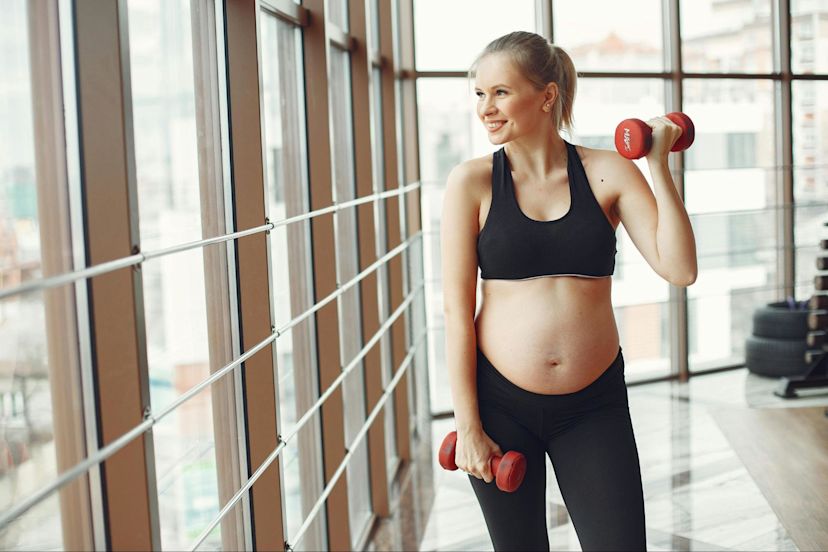Should You Do Cardio Before or After Weights?
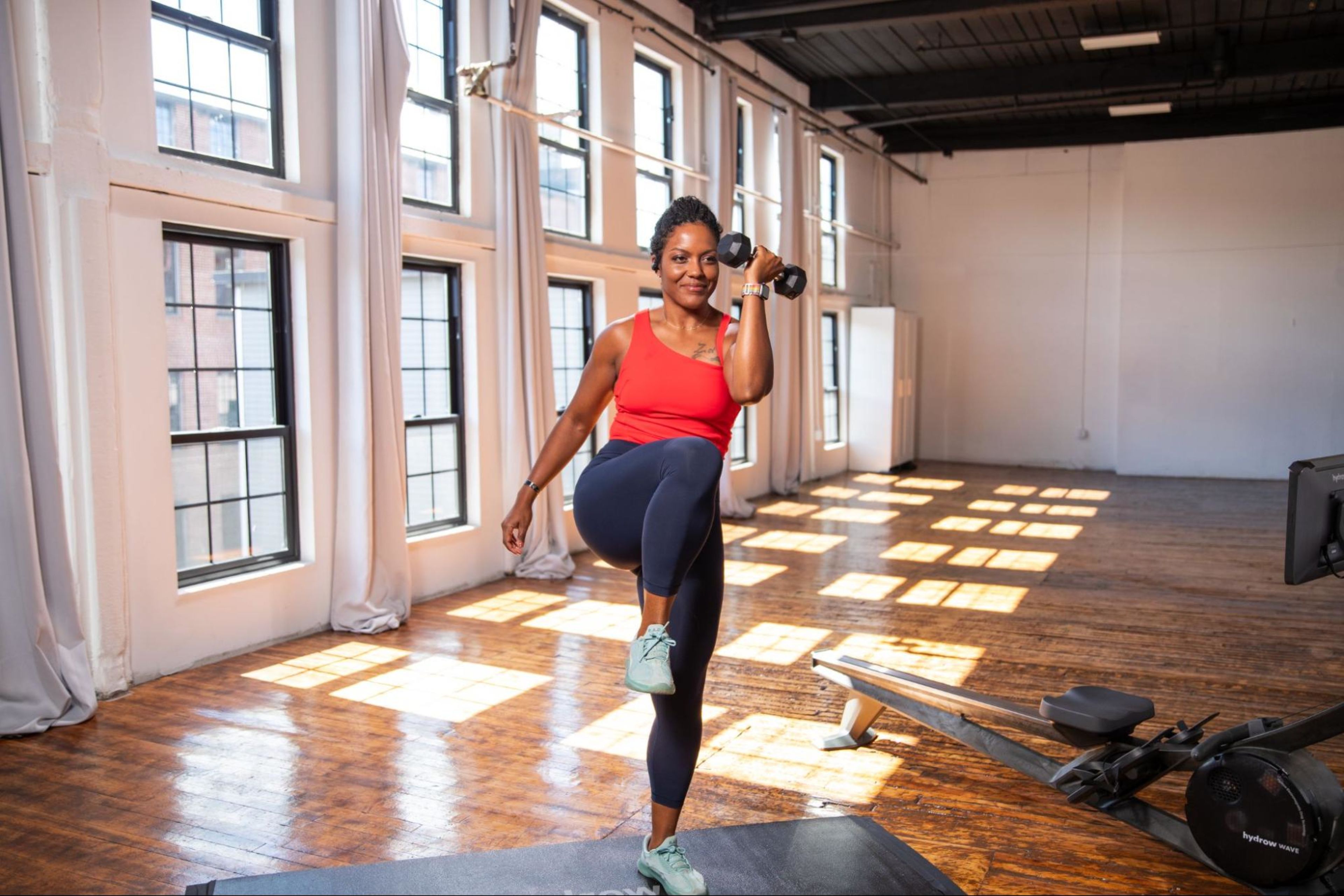
When it comes to building a successful fitness routine, integrating both cardio and strength training ensures a balanced approach that improves heart health, builds muscle, boosts metabolism, and enhances overall endurance and strength. However, if you decide to do both cardio and strength training in a single workout session, you’re likely wondering whether you should do cardio before or after weights—and whether the order matters at all.
The order of these exercises seems arbitrary, but in reality, your choice can have a significant impact on your performance, energy levels, and overall progress toward your fitness goals. Whether you’re aiming to improve endurance, build muscle, or burn fat, understanding how to sequence your workouts will make all the difference.
Let’s explore your options and the results you can expect for each path, including:
Let’s get started!
The benefits of doing cardio before weights
You may be the type of person who can’t even look at a dumbbell before your heart is pumping from a quick run, a few minutes on the Stairmaster, or several minutes of jumping rope. If that’s the case, you’re in luck! There are a number of great benefits to doing cardio before hitting the weights, including:
Warming up muscles and joints
Prioritizing cardiovascular improvement
Improving endurance and heart health
Getting in a mental warm-up
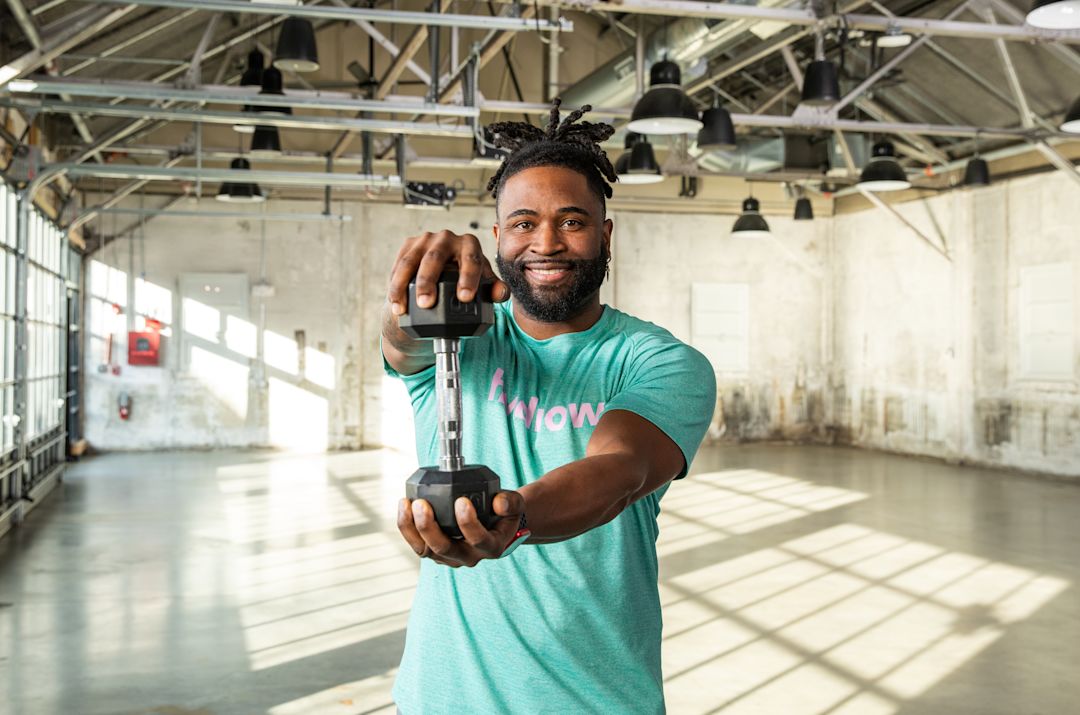
Explore Hydrow's library of strength training workouts.
1. Warming up muscles and joints
One of the greatest advantages to starting your workout with cardio exercises is that it helps warm up your muscles and joints. A cardio session will inevitably increase your heart rate, boost blood flow, and enhance flexibility, all of which prepare your body for more strenuous activities like weightlifting. Warming up ahead of time will also help to prevent injury if you’re aiming to lift super-heavy weights or complete dynamic exercises with weights.
2. Prioritizing cardiovascular improvement
If your primary goal is to improve your cardiovascular health and endurance, beginning with cardio exercises first is a smart choice. By placing cardio at the start of your workout, you ensure your body is fresh and ready to perform optimally. In this way, you can focus on elevating your heart and lung capacity, which is important for overall fitness and long-term health.
3. Improving endurance and heart health
Endurance athletes or individuals prioritizing heart health will also find it beneficial to do cardio first. For these fitness goals, maximizing your aerobic output early in the session ensures that you’re working on your stamina without feeling limited by muscle fatigue after a strenuous weight training routine.

Cardio and strength, combined
Burn calories and build muscle with steady, natural movements.
4. Getting in a mental warm-up
Starting your workout with some light cardio can be a great mental health warm-up. It can help set a focused, motivated tone for the rest of your exercises. Particularly for those who exercise in order to provide a break from a busy day, starting with cardio allows you to set your intentions and center your focus without having to start off with intense weight-lifting or calculating the sum of weighted plates on an Olympic bar.
The drawbacks of doing cardio before weights
While there are a number of benefits for starting your workout with cardio, those benefits may be reserved for those with a more heart-healthy journey in mind. For those looking to PR in weightlifting, gain significant muscle mass, or increase muscle tone, starting with cardio can actually impede your progress.
Here are a few of the downsides associated with opening your workout with cardio:
May reduce strength performance due to pre-fatigue
Can affect form and power during weight training
Can cause mental fatigue
1. May reduce strength performance due to pre-fatigue
One of the major drawbacks to doing cardio first is that it can pre-fatigue your muscles, leaving you with less energy and strength for weight training. Cardio exercises that involve running, cycling, or high-intensity intervals can sap the energy reserves you need for optimal performance and maintaining good form during strength exercises. As a result, you may not be able to lift as much weight, which can slow down your strength-centered goals.
2. Can affect form and power during weight training
Fatigue from cardio may compromise your ability to maintain proper technique, increasing your risk of injury and reducing the effectiveness of your strength workout. Warming up your muscles by lifting lighter first is a great alternative to cardio that won’t drain your energy but will prepare your muscles for the movement and lifting heavier weight.
3. Can cause mental fatigue
The intensity of the cardio session can influence your mental state. Pushing yourself hard during your cardio session may leave you feeling drained and mentally fatigued before you even start lifting. As a result, your motivation may suffer, making it difficult to focus on your strength goals.
Related blog: How Often Should You Exercise?
The benefits of doing weights before cardio
The order you perform your cardio and weights very much should depend on your fitness goals. Like we just reviewed, if you have cardio or heart-centered goals, it makes more sense to put the majority of your energy into the cardio section of your workout. On the other hand, if you have strength-centered goals, you should orient your primary focus and energy around lifting.
Here are the benefits of doing weights before cardio:
Maximizes strength and power with fresh muscles
More effectively strengthens muscles and burns fat
Supports better performance in weight-lifting exercises
Is great for a mental cool-down
1. Maximizes strength and power with fresh muscles
One of the greatest advantages of lifting weights first is that you can take full advantage of your fresh, energetic muscles. When you’re not fatigued from cardio, you can harness more power, lift heavier, and maintain better form throughout your workout, all of which are crucial for building strength and muscle mass. Strength training is most effective when you’re working at or near your maximum capacity, which is more achievable with rested yet warmed-up muscles.
2. More effectively strengthens muscles and burns fat
Starting with weights first allows you to lift at higher intensities, which can promote muscle gains and better fat burning. While cardio and strength training both increase your metabolism and create an afterburn in which your body continues to burn calories even after your workout, being able to lift heavier weights for longer increases the energy you expend.
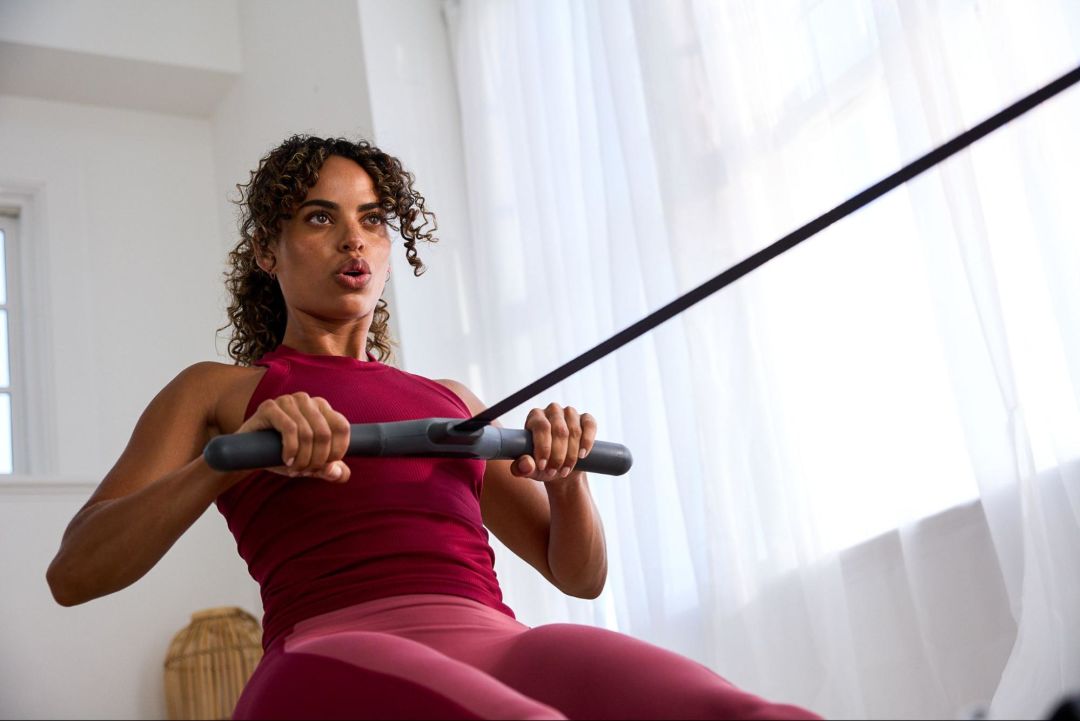
Efficiency for the win.
Work 86% of your muscles in just 20 minutes of rowing with Hydrow.
3. Supports better performance in weightlifting exercises
For those whose main goal is to improve their strength and weightlifting performance, doing cardio afterward ensures that your weight training remains the priority. You’ll have more energy to focus on heavier lifts and compound exercises, which require significant effort and coordination.
4. Is great for a mental cool-down
By electing to do cardio last, you can reserve a jog, brisk walk, swim, or row as a great cool-down exercise to help gently lower your heart rate but still slash calories at the end of your workout. In this way, you can also slow your mind down by having your most intense and focus-forward exercises first.
The drawbacks of doing weights before cardio
Keeping your body safe should be your biggest priority when exercising. So, while using your freshest energy for weight-lifting should help to avoid strains and other injuries for weight training, you can still encounter other drawbacks by starting off your workout with weights, including:
Could lead to less intense cardio due to fatigue
Could cause less focus on cardiovascular endurance
Could cause difficulty sustaining motivation
1. Could lead to less intense cardio due to fatigue
The most significant drawback of doing weights first is that it can leave you feeling too tired to perform high-intensity cardio afterward. Weight training, especially when focusing on heavy lifts, depletes your energy stores and can leave you fatigued, making it harder to maintain a fast pace or high intensity during your subsequent cardio workout.
2. Could cause less focus on cardiovascular endurance
For those who are focused on improving cardiovascular endurance, starting with weightlifting can make cardio feel more like an afterthought. If your heart and lungs are already tired from your strength exercises, you may not push yourself as hard during your cardio workout, negatively impacting your endurance progress.
3. Could cause difficulty sustaining motivation
Finally, maintaining motivation through the entirety of a workout takes a fair amount of determination and discipline. Naturally, whatever your last activity is will require the most effort, so if finding motivation at the end of your workout is difficult, consider which activity you plan to complete last and whether or not that may compromise your fitness goals.
How your fitness goals affect the order of weights and cardio
No matter what your fitness goal may be, it’s important to note how you approach your workouts will directly correlate with the results you see. Check in with yourself to determine what you ultimately intend to gain through your exercises and adapt accordingly.
1. If your goal is fat loss…
If fat loss is your primary goal, lifting weights before cardio is generally more effective. Weightlifting boosts your metabolism and promotes muscle growth, both of which are great for long-term fat burning. Following your strength session with cardio can further increase calorie burn and help you achieve a leaner physique.
2. If your goal is building muscle…
For those looking to hulk up, weights should absolutely be your first exercises when you start your workout. Maximizing strength and hypertrophy requires fresh muscles, so you want to ensure you’re lifting as much weight as possible. Doing cardio afterward ensures that your energy is reserved for ultimate muscle-building exercises.
3. If your goal is building endurance…
If you’re looking to improve endurance, it’s best to do cardio first. By starting with endurance-focused cardio, you can prioritize cardiovascular improvements without being held back by the fatigue caused by strength training.
Finding balance: Tips for incorporating cardio and weights
Listen to your body: If you’re feeling particularly strong one day, prioritize weights. If you’re more in the mood for cardio, start there. Your body knows what it can handle, so it’s best to follow its lead.
Mix it up: Alternate between starting with weights and cardio depending on your training cycle or fitness goals for the week.
Try shorter cardio: Consider shorter, high-intensity interval training sessions before weights if you still want a cardio warm-up.
Separate your sessions: Consider shorter, high-intensity interval training (HIIT) sessions before weights if you still want a cardio warm-up.
Find exercises that combine strength and cardio: Rowing machines, for instance, are an excellent option for combining strength and cardio into one exercise. Rowing engages your entire body, building both endurance and muscle at once.
Let’s recap!
So, should you do cardio before or after weights? It all depends on your fitness goals. If you’re aiming for strength and muscle growth, start with weights to maximize power and effectiveness. If endurance and cardiovascular health are your priorities, begin with cardio to give it your best effort. Regardless of your approach, finding a balance that suits your needs is key.
For those looking to incorporate more strength or cardio exercises into their daily routine, consider trying Hydrow’s rowing machines. Rowing activates 86% of your muscles with every stroke, making it one of the most efficient ways to build total-body strength. In just 20 minutes on a rowing machine, you can get a full-body workout that boosts energy, builds endurance, and helps you move better—on and off the rower.
And with Hydrow, it’s easier than ever to stay consistent. No commute. No waiting for machines. Just expert-led workouts you can do from home, whenever it works for you. Choose from rowing, strength training, mobility, yoga, Pilates, and circuit training workouts, all designed to help you move better and feel stronger, long-term.
Our workouts are filmed on location in stunning waterways around the world and led by world-class Athletes who coach you through every stroke and rep. And with over 5,000 workouts ranging from beginner to advanced, it’s easy to keep progressing no matter your level.
Every movement adds up. Start building strength that lasts with Hydrow.

Real strength keeps moving
Learn how working out with Hydrow can help support a fuller, more active life.

